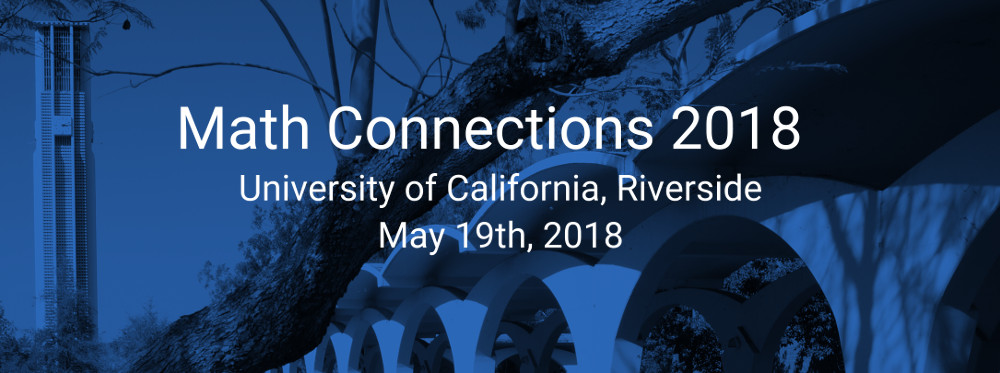

The conference will have several sessions of 25 minute talks given by graduate students; coffee, snacks, and lunch will be provided. The conference will finish with a plenary talk given by professor Michel L. Lapidus (UCR). The schedule can be found below, and you can download a pdf version here:
| Time/Rooms | Surge 284 | Surge 268 |
| 9:30-10:30 am | Reception | Reception |
| 10:30 - 11:00 am | Andrea Arauza | Can Ozan Oguz |
| 11:15 - 11:45 am | Kyle Castro | Alexander M. Henderson |
| 11:45 - 1:00 pm | Lunch | Lunch |
| 1:00 - 1:30 pm | Tim Cobler | Matt O'Dell |
| 1:45 - 2:15 pm | Khoi Vo | Gene B. Kim |
| 2:30 - 4:00 pm | Plenary Talk | ----- |
A well-known problem in mathematics and physics consists in understanding how the geometry (or shape) of a musical instrument affects it sound. This gives rise to two related types of mathematical problems: direct spectral problems (how the shape of a drum affects its sound) and inverse spectral problems (how one can recover the shape of a drum from its sound).
Here, we will consider both types of problems in the context of drums with fractal (that is, very rough) boundary. We will show, in particular, that one can “hear” the fractal dimension of the boundary (a certain measure of its roughness) and in certain cases, a fractal analog of its length. In the special case of vibrating fractal strings (the one-dimensional situation), we will show that the corresponding inverse spectral problem is intimately connected with the Riemann Hypothesis, which is arguably the most famous open problem in mathematics and whose solution will likely unlock deep secrets about the prime numbers.
In conclusion, we will briefly explain how this work eventually gave rise to a mathematical theory of complex fractal dimensions, which captures the vibrations that are intrinsic to both fractal geometries and the prime numbers.
In 1831, Peter Gustav Lejeune Dirichlet introduced the notion of a Dirichlet Character as a tool for proving the existence of quadratic nonresidues in an interval of a fixed length. In this talk I will introduce multiplicative character sums and discuss their existing bounds. If time permits, I will also mention the most common techniques for obtaining upper bounds on these multiplicative character sums. The non-trivial bounds being discussed continue to have applications to various problems in Analytic Number Theory and Combinatorics today.